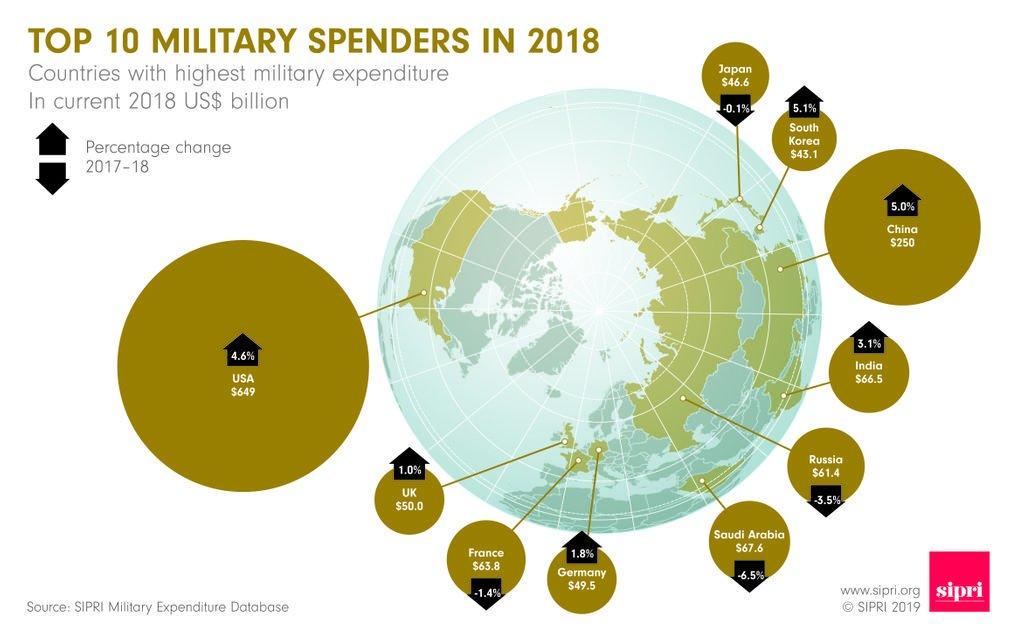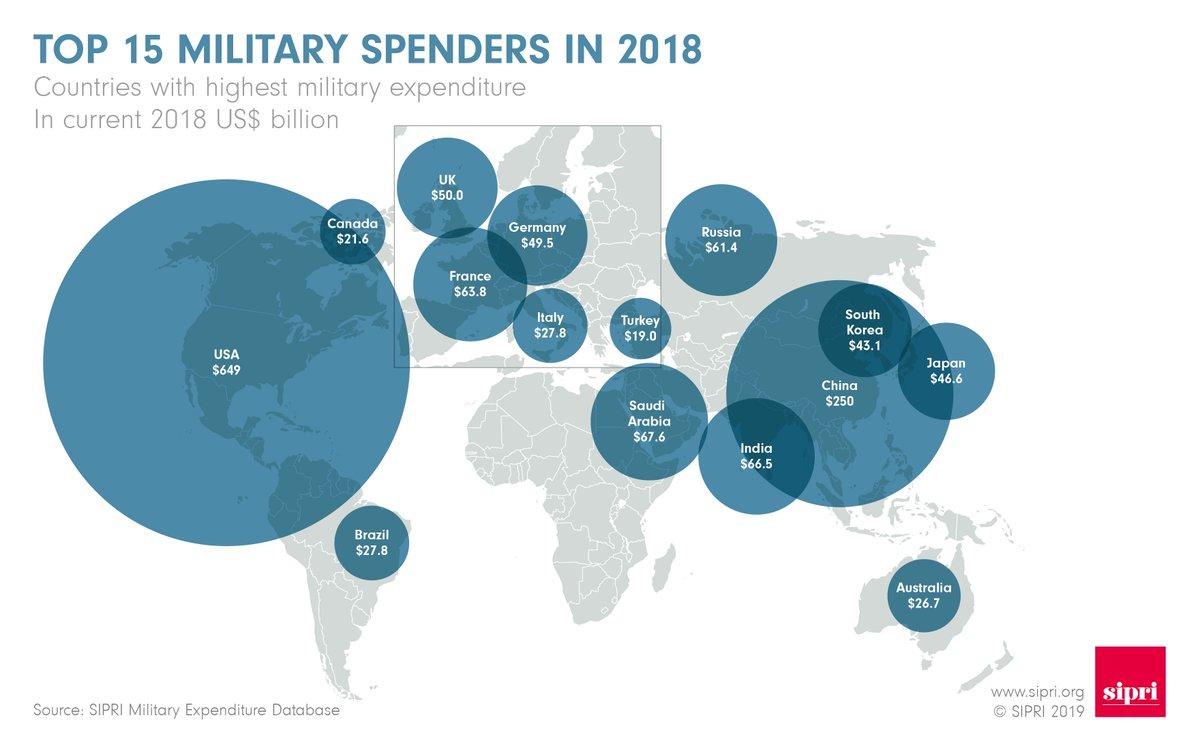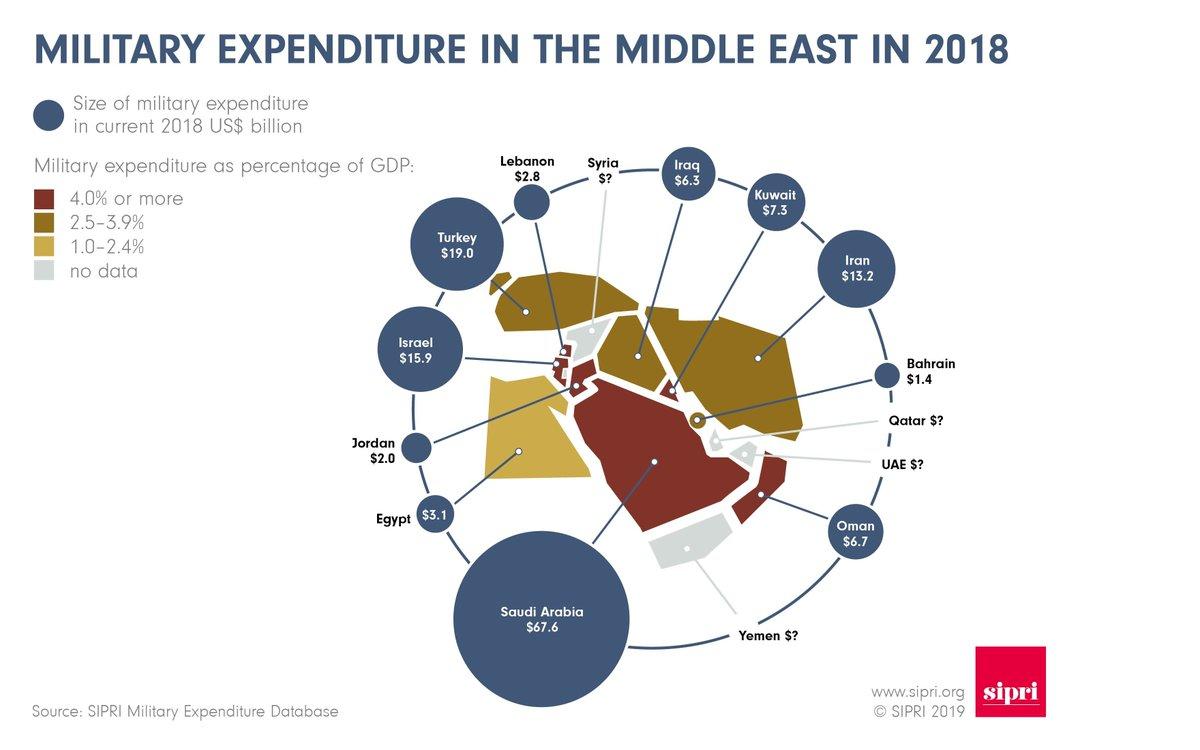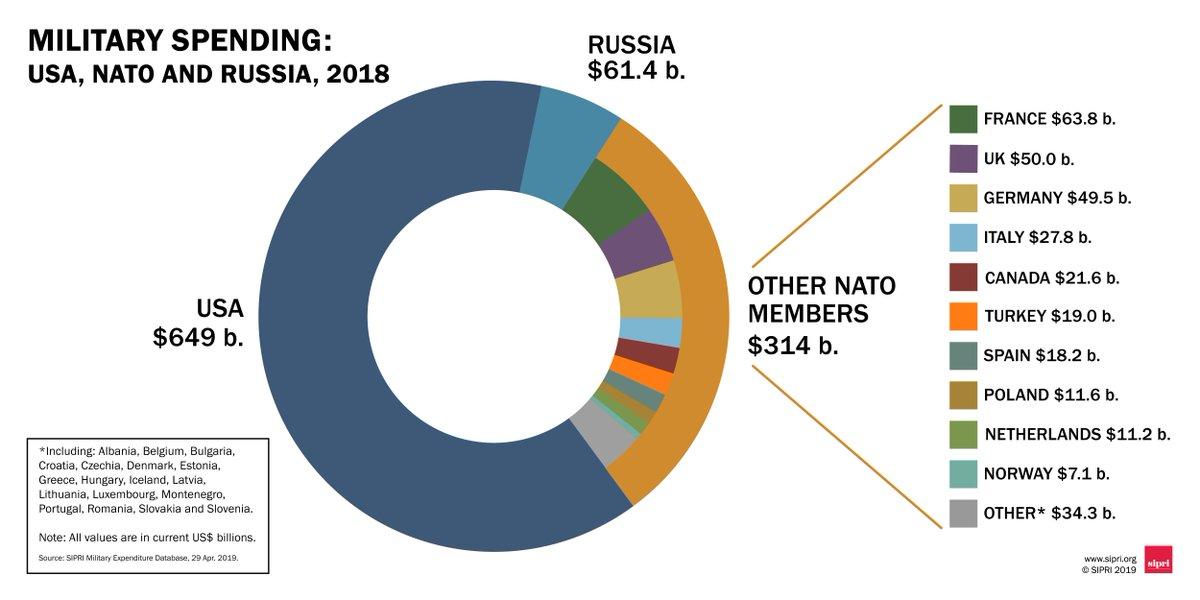Perhaps signaling a dangerous return to a ‘new Cold War’ — as some Russia scholars have recently called it — a just published study has revealed last year’s global military expenditure reached its highest level since the end of the Cold War, according to Reuters, and shows ratcheting competition for arms buying between the United States and China.
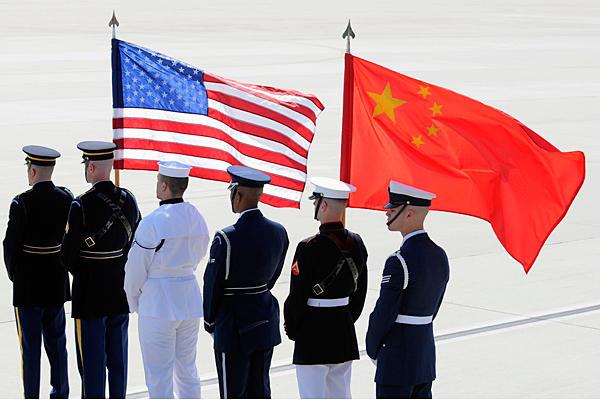
The finding is based on the latest arms spending figures from the Stockholm International Peace Research Institute (SIPRI), which announced in its annual report that total global military spending reach $1.82 trillion in 2018, up 2.6 percent on the previous year.
The think tank identified the hugely significant increase, the highest global spending has been since 1988 — in the last few years of the Soviet Union’s existence — as driven fundamentally by increased spending in the United States and China.
Specifically US military spending was up 4.6% last year at $649 billion, and China, led by President Xi’s desire to rapidly modernize the People’s Liberation Army (PLA), spent 5% more on arms compared to the prior year, as Reuters notes, an increase for the 24th consecutive year. Per data from the SIPRI report:
U.S. military spending rose 4.6 percent last year to reach $649 billion, leaving it still by far the world’s biggest spender. It accounted for 36 percent of total global military expenditure, nearly equal to the following eight biggest-spending countries combined, SIPRI said.
China, the second biggest spender, saw military expenditure rise 5.0 percent to $250 billion last year, the 24th consecutive annual increase.
One analyst involved in the SIPRI Arms and Military Expenditure program which produced the report put the numbers in perspective as follows: “In 2018 the USA and China accounted for half of the world’s military spending.”
This also as President Trump has made strong national defense a high priority, with his 2018 defense spending request put before Congress breaking every past budget record.
Other top spenders that came in below the US and China were identified in declining order as:
- Saudi Arabia
- India
- France
- Russia
- Britain
- Germany
- Japan
On a per capita basis, Saudi Arabia is actually outspending the United States amidst its war in Yemen, raging since 2015, and as fears of growing Iranian influence in the region fuels Riyadh’s weapons shopping spree.
Saudi Arabia by far outspent all other regional countries, including Iran and Turkey in 2018.
Also of note is Russia’s actual decline in defense spending:
Russia, which flexed its military muscles with its 2014 annexation of Ukraine’s Crimea region and intervention in the Syrian conflict, dropped out of the list of the top five spenders in 2018 following an annual decline of 3.5 percent.
Despite a sustained drive to upgrade and modernize Russia’s armed forces, President Vladimir Putin has had to tighten purse strings following a sharp decline in global oil prices and the need to prioritize some domestic spending programs.
Meanwhile, total NATO spending amounted to just over half of global spending, the report concluded.
And yet SIPRI found that “military expenditure by all 29 NATO members amounted to just over half of global spending” — which suggests a predictable NATO posture of threat inflation regarding Moscow.
But clearly, the report ought to put to bed the favorite Washington notion of the return of an expansionist menace in the form of a resurgent Russia; instead, US defense planners should be more worried about a “red menace” further to the East.
via ZeroHedge News http://bit.ly/2UTThIj Tyler Durden
